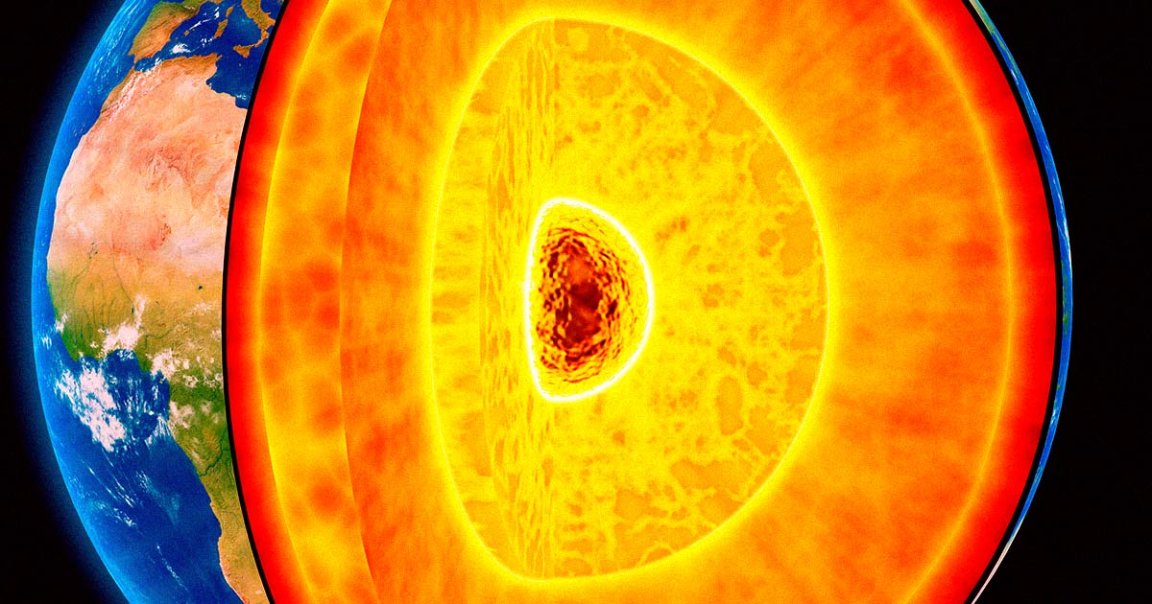
Forbidden Donut
Scientists at the Australian National University have made a highly unusual discovery thousands of miles beneath the Earth’s surface: a doughnut-shaped structure within our planet’s liquid core.
The mysterious torus could provide researchers new clues about how the swirling liquids trapped within the Earth’s core affect its magnetic field, which protects us from the Sun’s extreme radiation.
“We don’t know the exact thickness of the doughnut, but we inferred that it reaches a few hundred kilometers beneath the core-mantle boundary,” said study coauthor and ANU geophysicist Hrvoje Tkalčić in a statement.
Planetary IBS
As detailed in a new paper published in the journal Science Advances, the scientists studied the reverberating shock waves from earthquakes to make their discovery.
“The peculiar structure remained hidden until now as previous studies collected data with less volumetric coverage of the outer core by observing waves that were typically confined within one hour after the origin times of large earthquakes,” Tkalčić explained.
“We were able to achieve much better volumetric coverage because we studied the reverberating waves for many hours after large earthquakes,” he added.
The Earth’s outer core, a band of fluid metal roughly 1,400 miles thick, is composed of mostly iron and nickel. Scientists believe the volatile swirling of this ferrous liquid generates the planet’s magnetic field.
The newly discovered doughnut structure, where this swirling appears to slow down significantly, could shed new light on the nature of our planet’s protective magnetism.
“Our findings are interesting because this low velocity within the liquid core implies that we have a high concentration of light chemical elements in these regions that would cause the seismic waves to slow down,” Tkalčić said. “These light elements, alongside temperature differences, help stir liquid in the outer core.”
But plenty of research still needs to be done until we fully understand how our planet’s ferocious center allowed life to flourish on its surface.
“There are still mysteries about the Earth’s outer core that are yet to be solved, which requires multidisciplinary efforts from seismology, mineral physics, geomagnetism and geodynamics,” said study coauthor and ANU observational seismologist Xiaolong Ma in a statement.
“The magnetic field is a fundamental ingredient that we need for life to be sustained on the surface of our planet,” Tkalčić added, arguing that their latest findings could “promote more research about the magnetic field on both Earth and other planets.”
More on the Earth’s core: Scientists Working to Understand Strange Signal From Earth’s Core